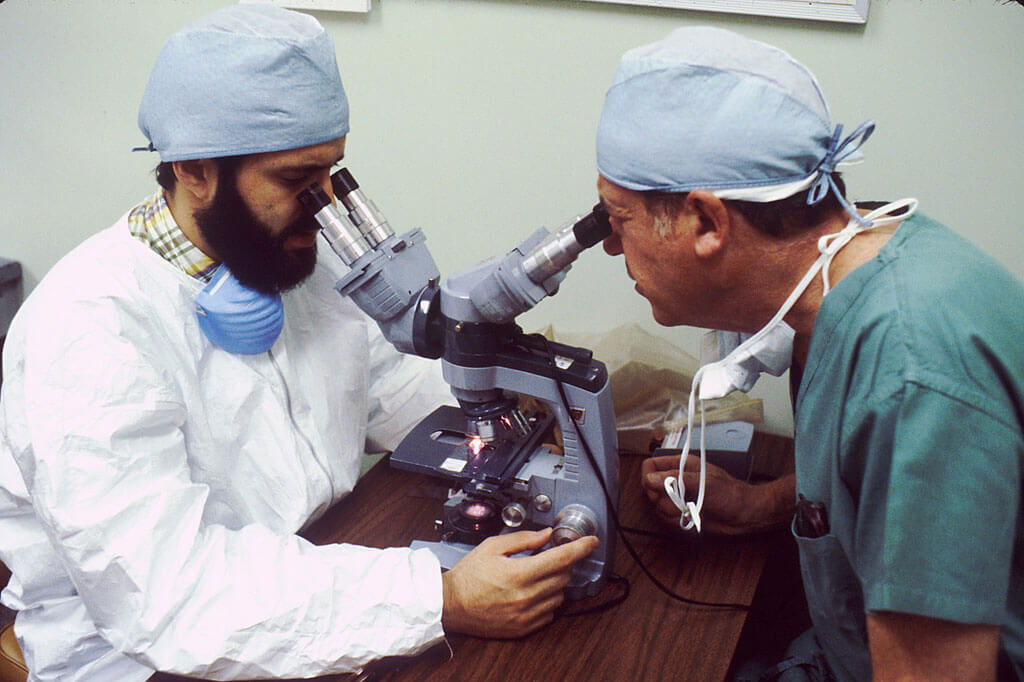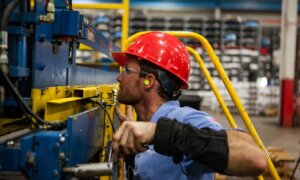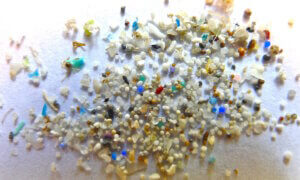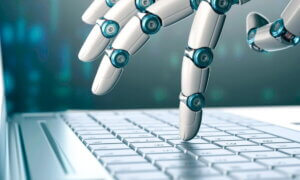AIs are replacing human tasks with the speed of lightning. Now, a team of researchers has developed artificial intelligence methods to diagnose cancer and we couldn’t be more happy about it #machinemagic
Instead of having people examine and interpret pathology images, one by one, wasting precious hours, the team from Beth Israel Deaconess Medical Center (BIDMC) and Harvard Medical School (HMS) has found a way to use artificial intelligence instead. In the near future, if everything goes right, they will be able to build an AI that makes cancer diagnoses more accurate.
“Our AI method is based on deep learning, a machine-learning algorithm used for a range of applications including speech recognition and image recognition,” explained pathologist Andrew Beck, MD, PhD, Director of Bioinformatics at the Cancer Research Institute at BIDMC and an Associate Professor at HMS.
In case you’re not so sure how artificial intelligence works, the doctor further explains:
“This approach teaches machines to interpret the complex patterns and structure observed in real-life data by building multi-layer artificial neural networks, in a process which is thought to show similarities with the learning process that occurs in layers of neurons in the brain’s neocortex, the region where thinking occurs.”
By making the machine learn what sort of information it should be looking for, it can separate the truth from the lies, in this case, the malignant cells from the benign ones.
Their methods were put to the test in a competition at the International Symposium of Biomedical Imaging (ISBI). The exam was pretty straightforward: their method would be compared to others, including a human’s, to see which one can asses more efficiently if images of lymph nodes contain breast cancer or not.
Andrew Beck and his team’s method proved accurate about 92%of the time, while the succes rate of a human pathologist was 96%. “But the truly exciting thing was when we combined the pathologist’s analysis with our automated computational diagnostic method, the result improved to 99.5 percent accuracy,” said Beck. “Combining these two methods yielded a major reduction in errors.”
Follow TechTheLead on Google News to get the news first.























